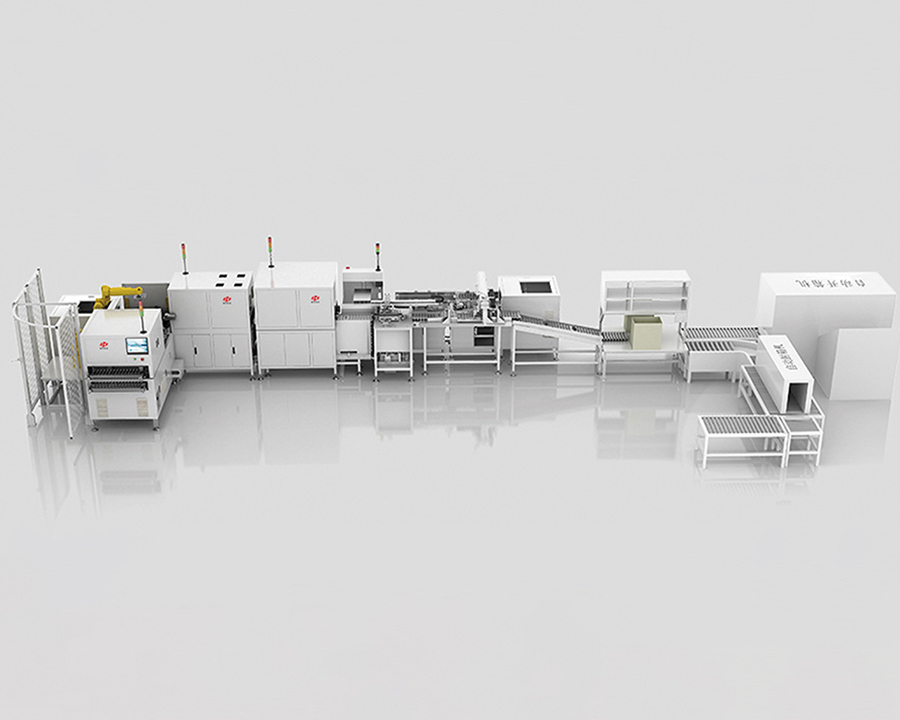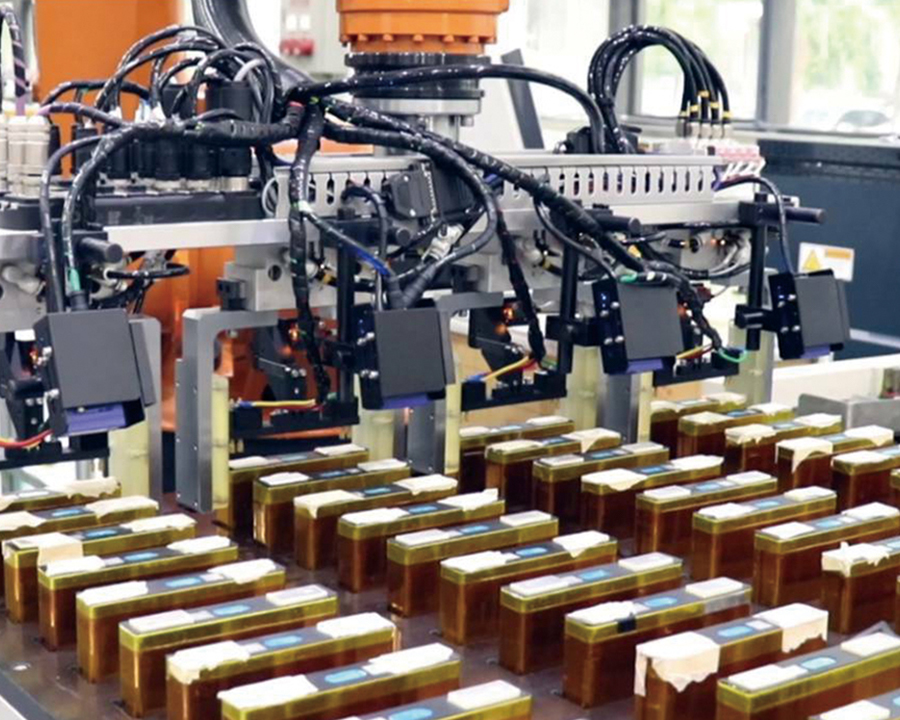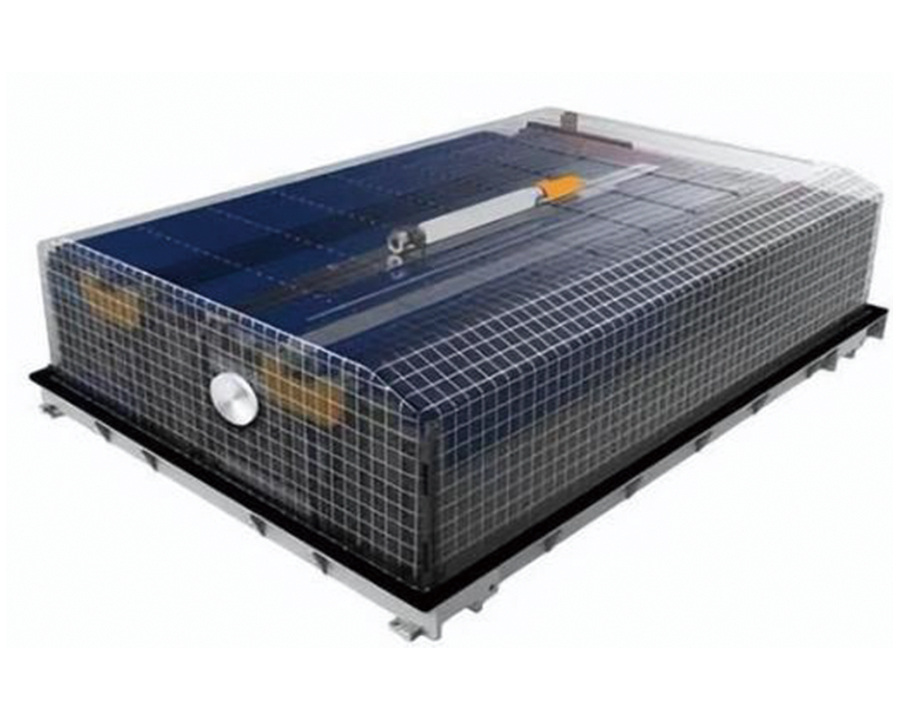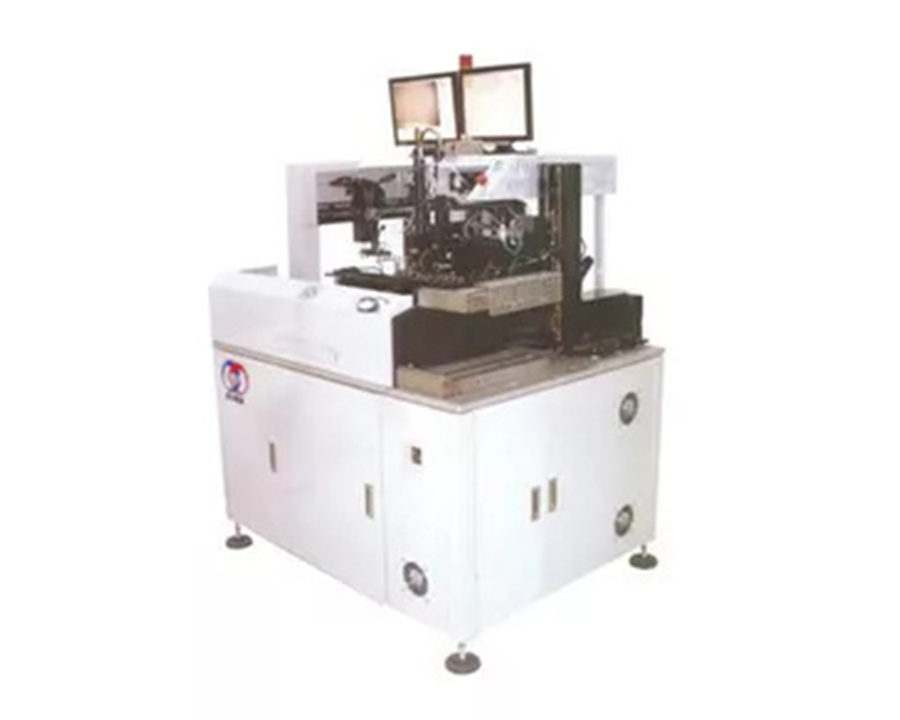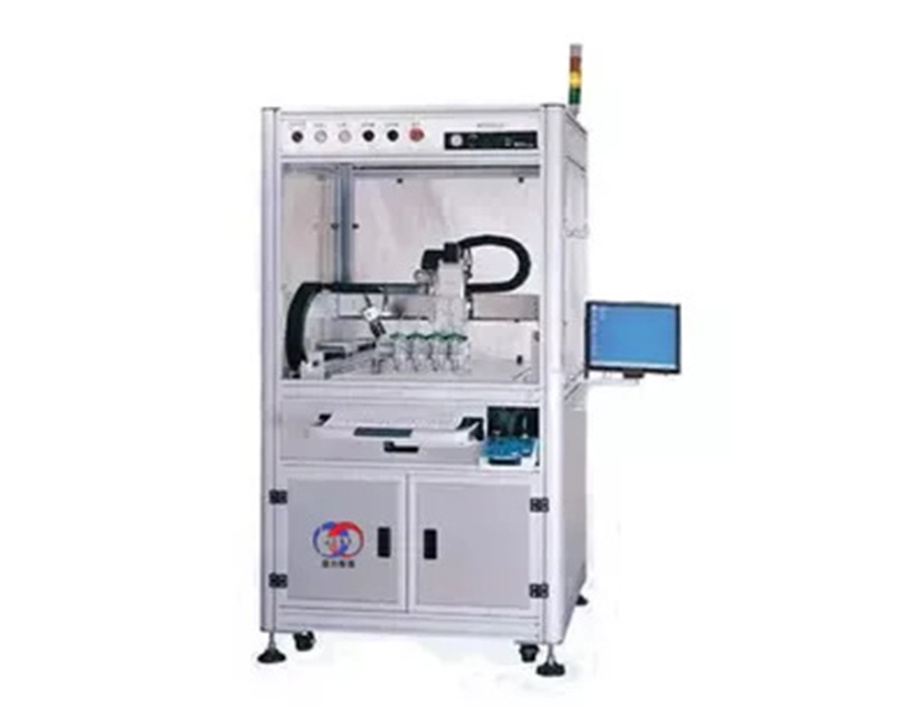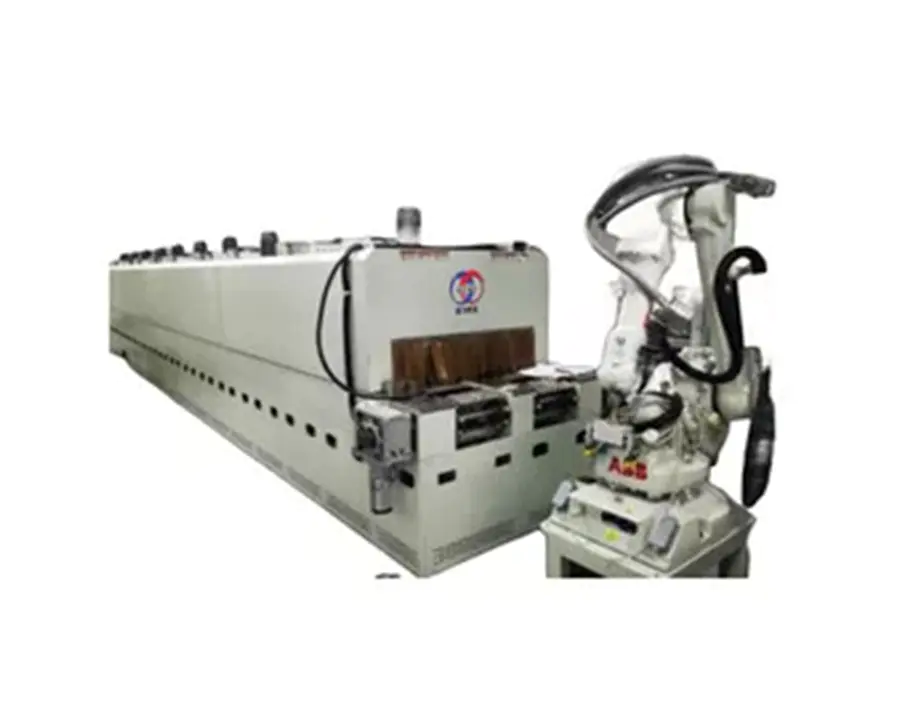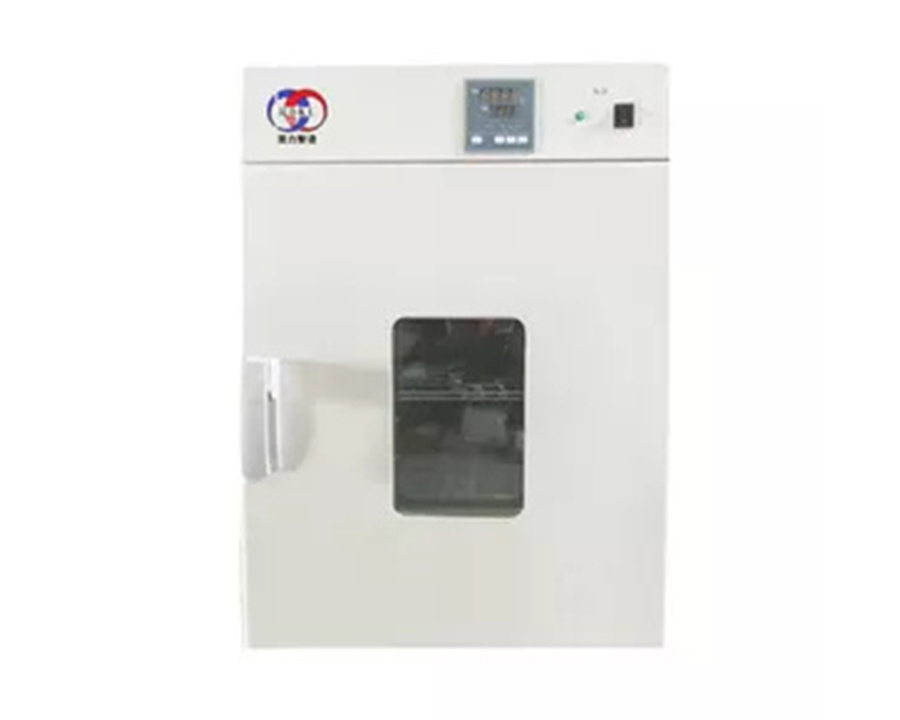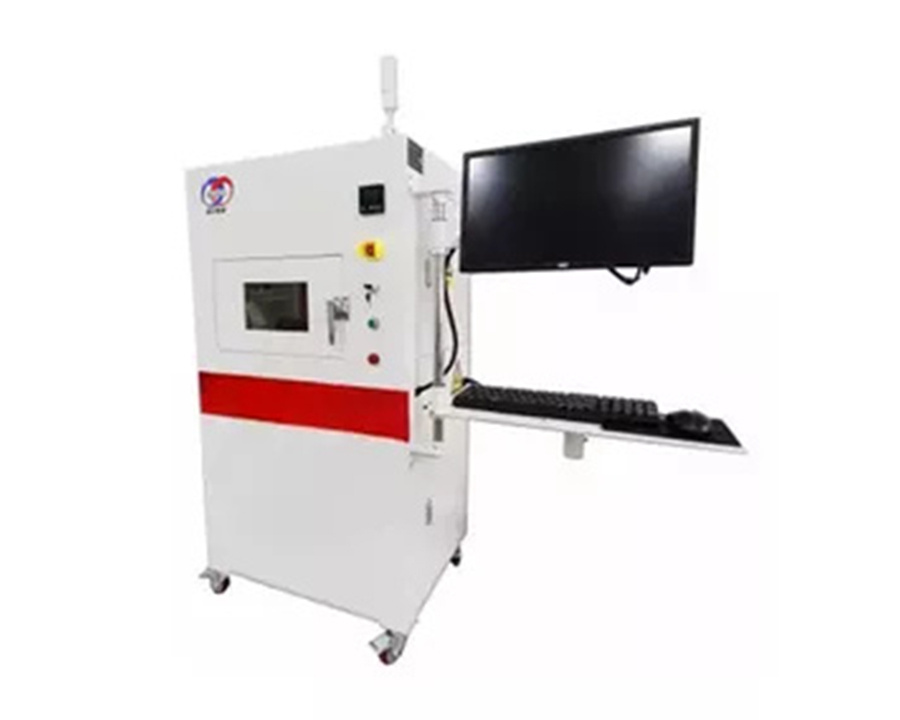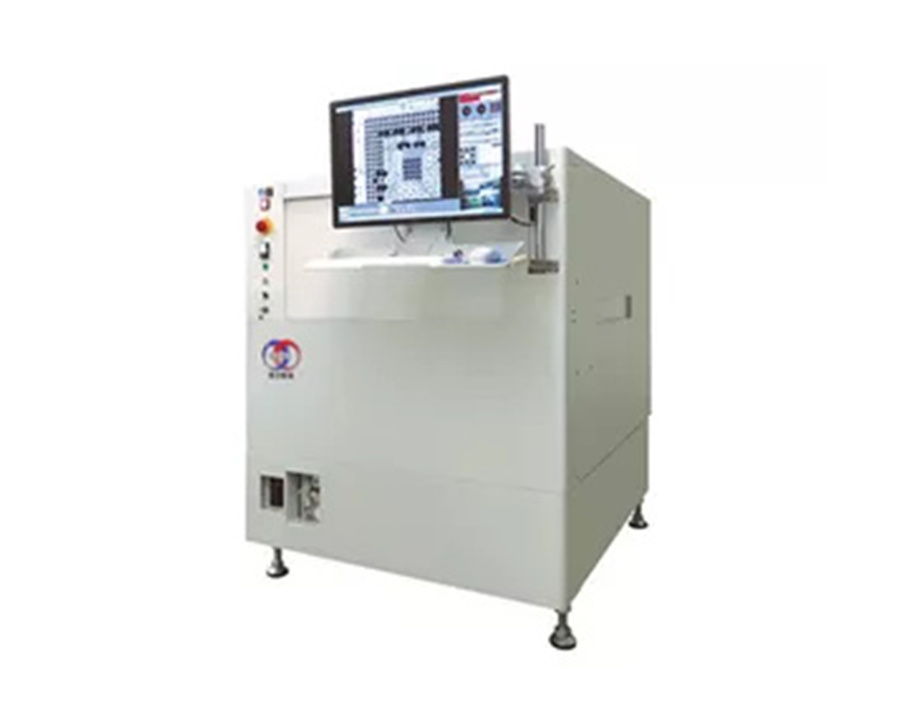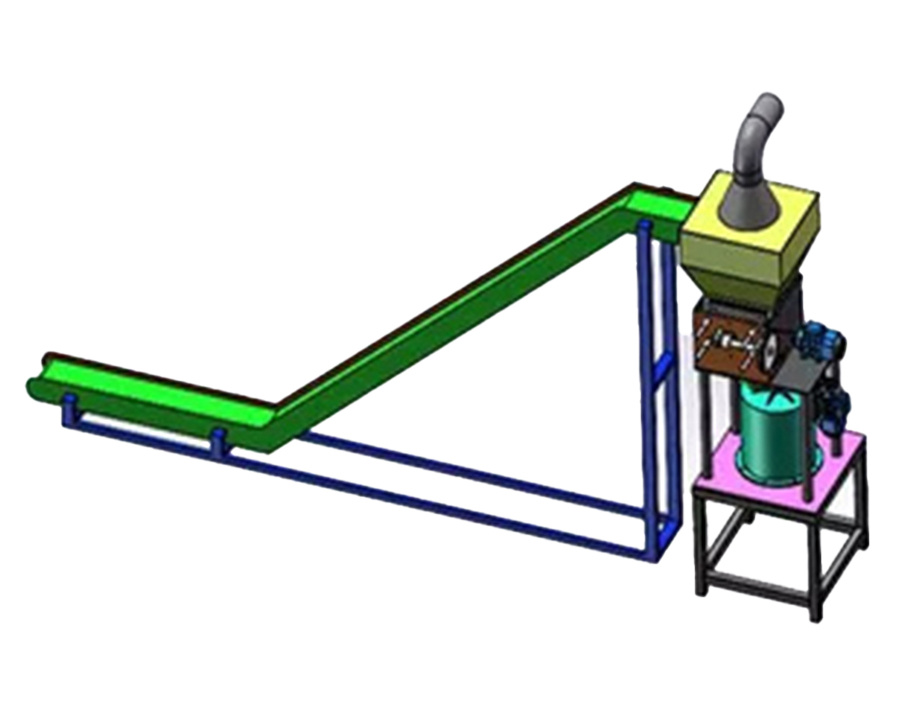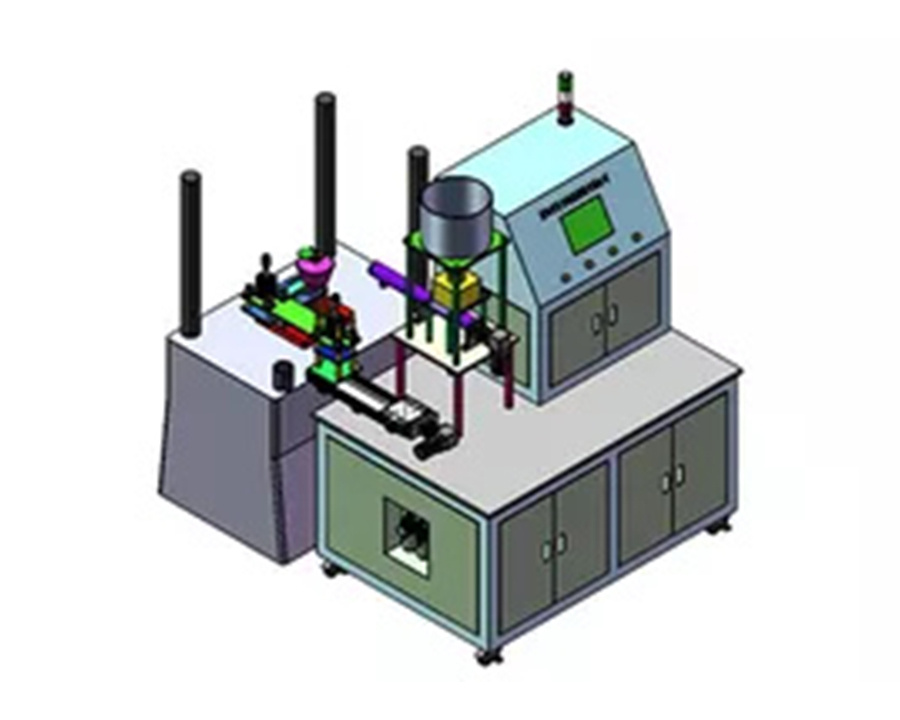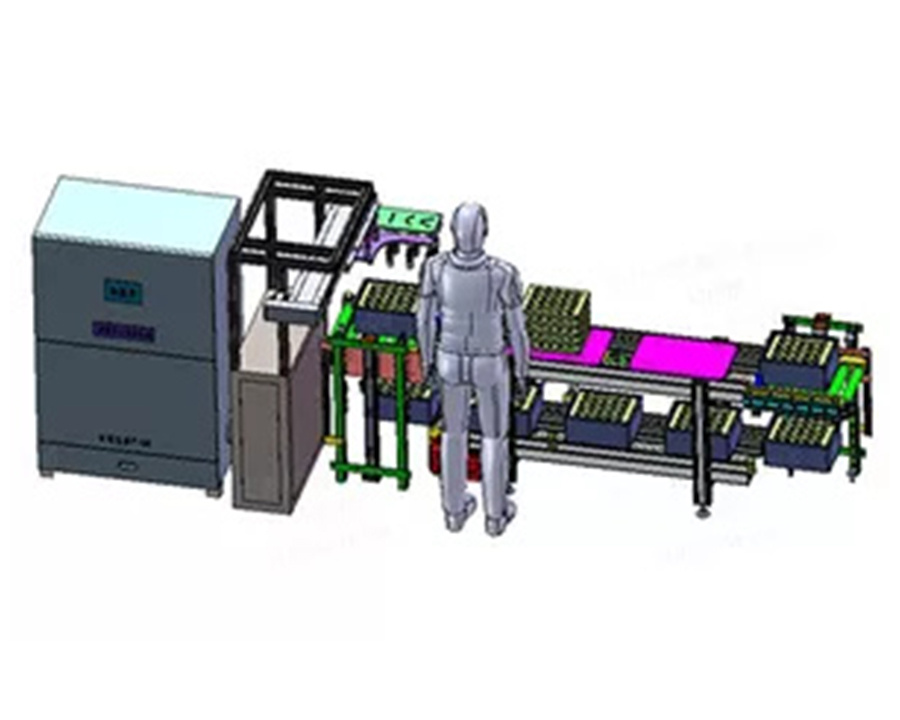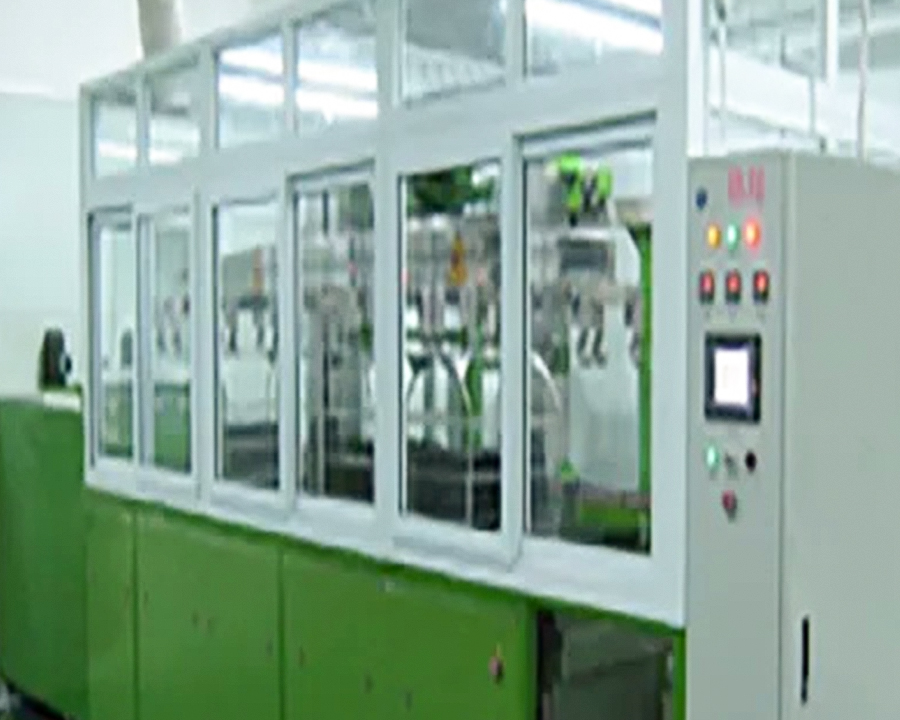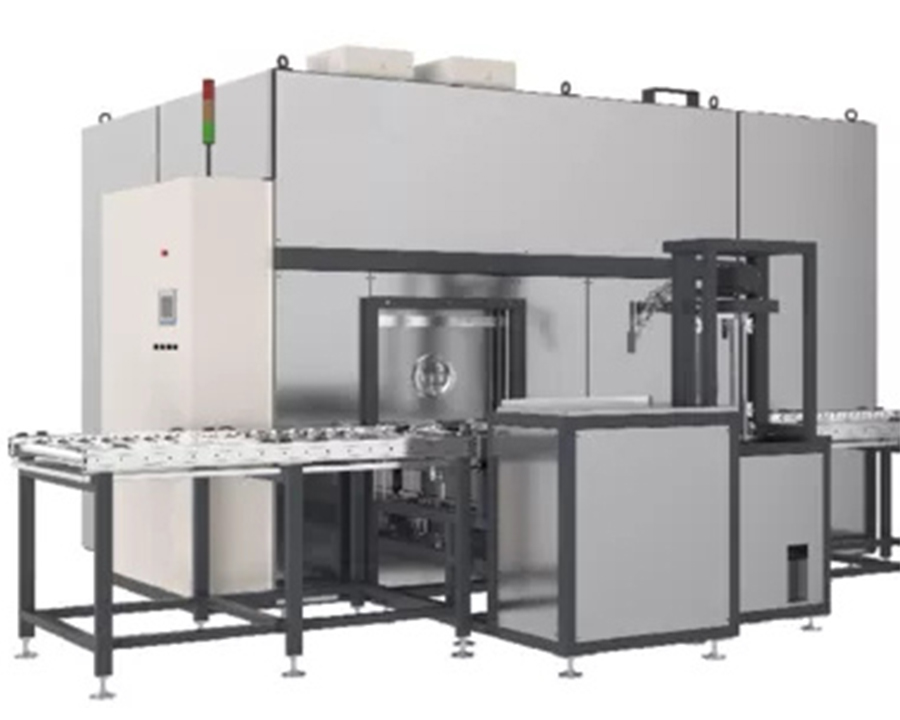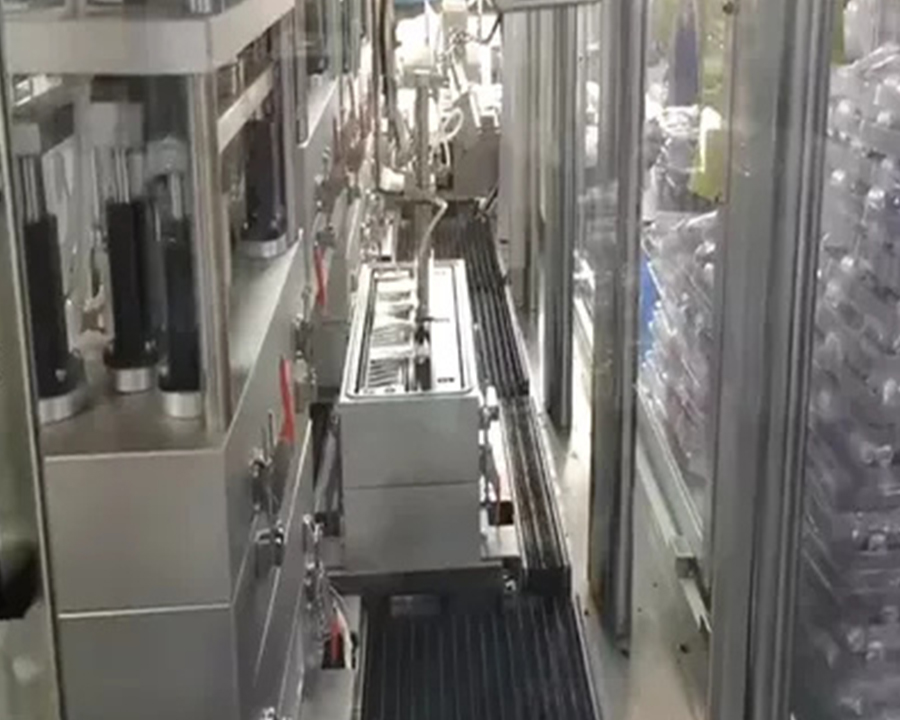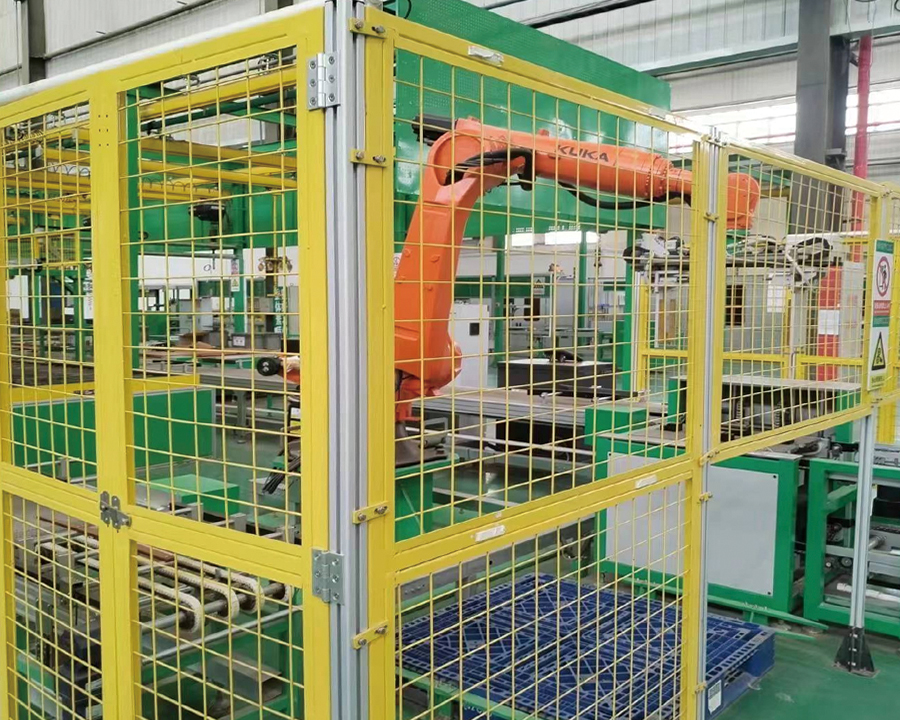Wire harness machine: the core weapon of the automation era
In many links of modern manufacturing, wire harness processing plays an important role in electrical connection. Whether it is automobile manufacturing, home appliances, aerospace, or communication equipment industry, wire harness is an indispensable component for realizing power and signal transmission. The core equipment that supports the batch and efficient manufacturing of this important component is the Wire Harness Machine.
1. What is a Wire Harness Machine?
Wire harness processing machine, also known as wire harness assembly machine or automated wire harness machine, is an automated equipment used to complete wire cutting, stripping, crimping, plugging, and binding. Its purpose is to improve wire harness processing efficiency, standardize product quality, and reduce labor costs.
Traditional manual wire harness processing is not only inefficient, but also difficult to unify quality. Modern wire harness processing machines integrate PLC control systems, servo drives, visual inspection and other technologies to achieve high-precision, high-speed, and traceable wire harness production methods.
2. The main types of wire harness machines
Different application requirements determine the diversification of wire harness equipment. Common equipment types include:
1. Automatic wire cutting and stripping machine
It is used to cut the wire to a set length and complete the stripping operation at both ends or one end. It is suitable for single-core wires, sheathed wires, multi-strand wires, etc.
2. Fully automatic terminal crimping machine
It integrates wire cutting, stripping, and terminal crimping. It can be used with different molds to complete the crimping operation of various terminals. It is one of the main equipment for wire harness production.
3. Double-head crimping machine
It can realize simultaneous crimping of both ends on one device, which is suitable for production needs with large output, improving efficiency while ensuring consistency.
4. Wire harness detection system
Including continuity tester, visual recognition detection system, etc., used to detect the correctness of wire harness connection and appearance quality.

5. Wire harness automatic assembly line
Integrate multiple operation links into a fully automatic production line, and realize batch and modular production through robots, conveying devices and control systems.
3. Widely used industrial fields
Automobile manufacturing:
Against the backdrop of the rise of new energy vehicles and smart driving vehicles, the complexity of in-vehicle circuits is increasing, and there are many types of wiring harnesses, which require extremely high processing accuracy and consistency of wiring harnesses.
Home appliance manufacturing:
Large household appliances such as refrigerators, washing machines, and air conditioners require a large number of standardized wiring harnesses, and wiring harness machines can achieve automated mass production.
Communication equipment:
Communication equipment such as switches, servers, and 5G base stations have precise internal layouts, which place higher requirements on the processing accuracy of small-size, high-density wiring harnesses.
Industrial automation and robots:
The wiring schemes of robot arms, AGV carts, and automatic production line control systems are becoming increasingly complex, and automated wiring harness processing is particularly critical.
4. Technology trends: the integration of intelligence and flexibility
With the development of Industry 4.0, wiring harness processing machines are also constantly upgrading:
1. Intelligent visual recognition technology
The visual system can automatically identify wire type, terminal direction, and crimping quality, reduce human errors, and improve production yield.
2. MES system access
Modern wire harness machines gradually support docking with enterprise MES systems, realizing intelligent scheduling and process tracking from order to processing, and meeting flexible manufacturing needs.

3. Modular design
The modular structure facilitates the replacement of tooling and rapid debugging, shortens product switching time, and enhances the ability of production lines to adapt to multi-variety small-batch production.
4. Multifunctional integrated development
Transform from single-machine equipment to multi-functional composite equipment, and realize the full process automation from wire cutting, stripping, crimping, detection to binding and labeling.
With the continuous advancement of intelligent manufacturing, the continuous increase in labor costs and the improvement of product requirements for electrical connection quality, the position of wire harness machines in industrial production will become increasingly important.

 English
English русский
русский عربى
عربى
